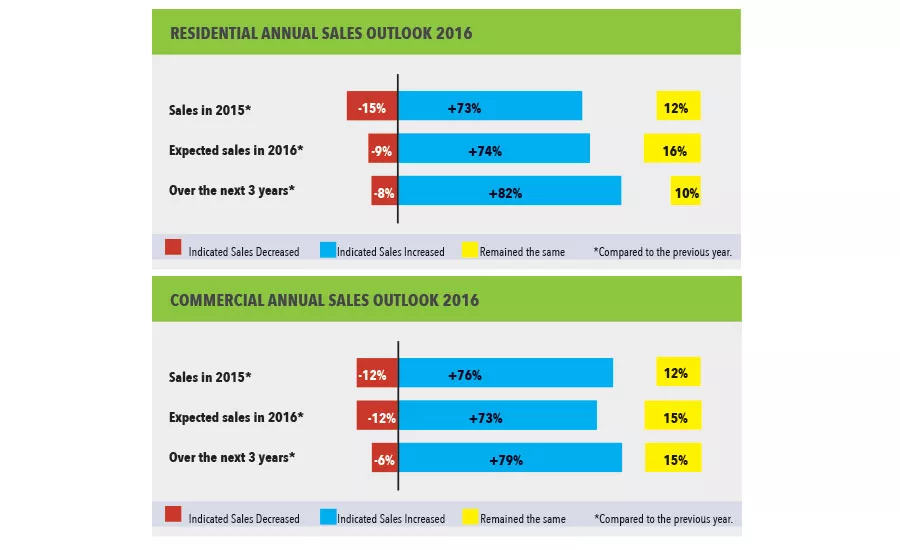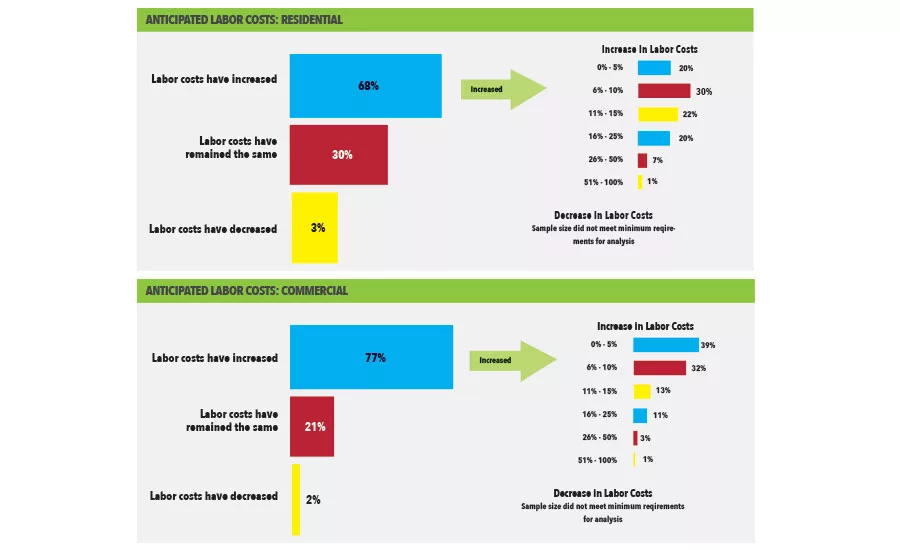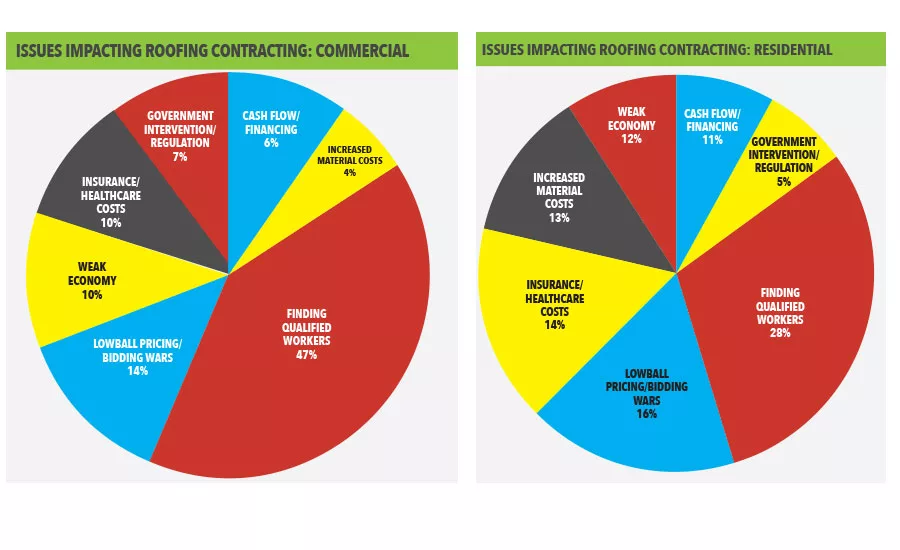State of the Industry Report and Survey 2016
Challenges Remain, but Unremarkable Sales Figures Don’t Reflect the Growth, Innovation That’s Moving the Roofing Industry Forward







Pictured is Trent Cotney of Cotney Construction Law.

Daniel Piché

Kurt Riesenberg

Laurie Spencerg

Jonathan Shephard






The Effect Of Energy Codes, Tax Credits And The Zero Net Movement On Spray Polyurethane Foam Roofing
By Rick Duncan
The evolution of building codes demonstrates a continued and growing emphasis on the building envelope, specifically in regard to the energy efficiency of the structure. As such, builders, architects, product manufacturers, contractors and other stakeholders are all feeling the pressure to improve the performance of both new residential and commercial buildings. Roofing systems are an essential part of this movement, continuing to press forward with both product innovations and installation techniques that reduce energy loss in the building, generate energy via photovoltaic systems and protect the natural environment in general.
The continued trend toward energy-efficient construction is expected to steadily drive demand upward for a number of high performance building product solutions, including spray polyurethane foam (SPF). Used for both insulation and roofing, SPF systems are a unique single-source solution for heat, air, moisture and water control. And with the increased stringency of new energy codes and sustainable building programs, their influence on the growth of the zero net movement, and the recently enacted tax credits in place, SPF sales are expected to grow tremendously in the coming years.
California and the Net Zero Movement
In July 2014, California began the revision process to the 2016 version of Title 24, the state’s energy efficiency building codes. These codes are designed to move all new residential construction to Zero Net Energy (ZNE) by 2020, and all new commercial construction to ZNE by 2030. Though aggressive in nature, these goals are achievable with proper design implementations and accessibility to high performance building products.
Given California’s proven ability to influence the other 49 states to enact environmental regulations, it’s widely believed the same trend will occur with ZNE. Thus, it’s likely that the ZNE movement will sweep the nation, eventually becoming a mandatory building practice in many, or most, regions.
Tax Credit Factors
In addition to building codes, tax incentives also drive the demand for high performance building and roofing products. For example, the Division Q – Protecting Americans from Tax Hikes Act of 2015, extends the Residential Energy Efficiency Tax Credit (IRC Section 25C) for two years through 2016. When passed and signed into law, all roofing products that meet the Energy Star® requirements will be eligible for the 25C tax credit.
Additionally, congress gave the commercial sector a bonus at year’s end by passing a retroactive extension of the Commercial Building Tax Deduction (CBTD – 179D). This extension greatly improves spray foam’s cost competitiveness by giving the customer the ability to obtain one of the highest performing roofing systems at a price comparable to lesser performing technologies.
With all of these factors — building codes, zero net movement, tax credits — at play, it’s safe to assume that the roofing product solutions that provide the best possible energy saving and generating opportunities will grow in market share and take center stage in the coming years.
Rick Duncan, Ph.D., P.E is the Technical Director of the Spray Polyurethane Foam Alliance (SPFA), the industry’s leading organization representing contractors, material and equipment manufacturers, distributors and industry consultants. The SPFA promotes best practices in the installation of spray foam and offers a Professional Certification Program to all those involved in the installation of the product.
Looking for a reprint of this article?
From high-res PDFs to custom plaques, order your copy today!






